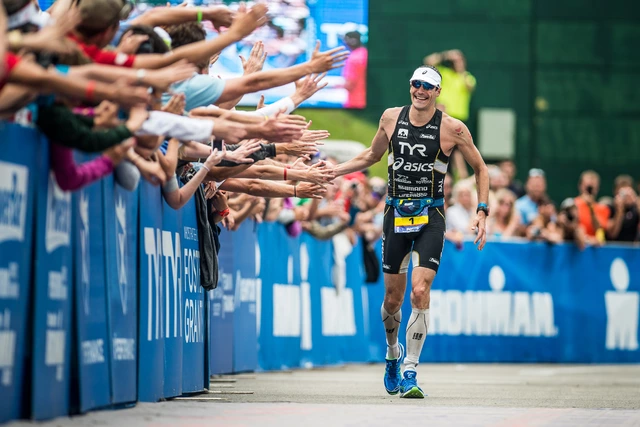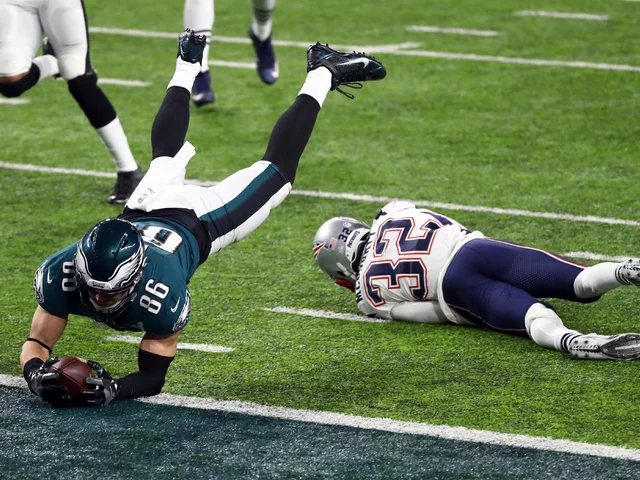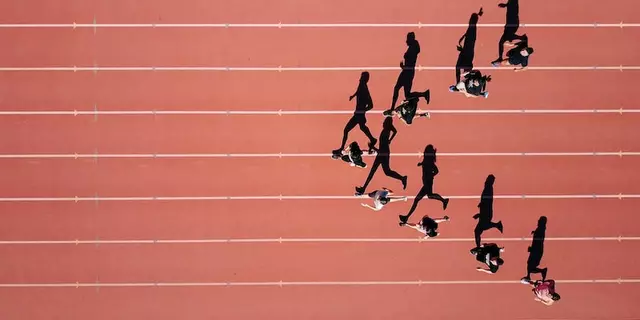On Wednesday, November 19, 2025, the world paused—not to mourn, but to celebrate. Across continents, men and boys were honored not just for their achievements, but for their humanity. The International Mens Day organization, headquartered in Australia, kicked off its annual observance with a 9-hour global webcast running from 3:00 PM to midnight Australian Eastern Daylight Time (AEDT). The theme? Celebrating Men and Boys. But beneath the celebration lay a quieter, more urgent truth: men are dying younger, speaking less, and suffering in silence.
More Than a Day: A 48-Hour Cultural Moment
This year’s observance didn’t stand alone. It was the first act in what organizers call a 48-hour celebration—a deliberate bridge between International Men's Day on November 19 and International Children's Day on November 20. The intent? To spotlight the father-son bond, the mentor-protégé dynamic, and the often-overlooked emotional labor men perform as caregivers. In homes from Lagos to Lima, fathers read bedtime stories. In schools from Tokyo to Toronto, male teachers hugged students who needed it. It wasn’t performative. It was necessary.The Webcast: Voices from the Frontlines
The webcast wasn’t just a livestream—it was a lifeline. Over 120 speakers from 47 countries shared stories rarely heard in mainstream media. A veteran from Belfast spoke about losing three friends to suicide since 2020. A teacher from Nairobi described how boys in his class now write poetry instead of boxing to prove their worth. A psychologist from Montreal revealed that male suicide rates remain 3.5 times higher than women’s in high-income nations, despite a 22% drop in stigma since 2021. One moment stood out: John Lund, a community organizer from Saskatchewan, told the camera, “We taught boys to be strong. We forgot to teach them how to be safe.” His 2-minute video, uploaded to YouTube by UCM Iom, went viral in under six hours. It wasn’t polished. It wasn’t scripted. It was raw. And that’s why it mattered.
Media Echoes: Redefining Strength
Across the globe, outlets picked up the thread. NDTV ran a powerful piece titled Teaching Boys That Strength Includes Sensitivity, arguing that emotional literacy isn’t weakness—it’s survival. In Nigeria, Vanguard reminded readers that “beyond accolades and accomplishments, men need structures, awareness, and advocacy.” And in London, LBB Online asked a provocative question: Should Brands Show Up for International Men’s Day? Their answer? Yes—because 68% of men under 35 say they’ve never had a meaningful conversation about mental health with a male role model. These aren’t isolated opinions. They’re data points in a growing crisis. The International Mens Day organization cites WHO figures: 1 in 8 men globally will experience depression in their lifetime, yet only 1 in 3 seek help. In the U.S., men account for 79% of firearm suicides. In the UK, life expectancy for men is 3.7 years lower than for women. And in India, male farmers—who make up 40% of suicides in that sector—rarely receive public mourning.Men’s Equality Month and the Movember Connection
November isn’t just about one day. It’s Men’s Equality Month, a campaign by the International Mens Day organization to push for equal access to mental health services, paternity leave, and educational support. It runs alongside Movember, the global prostate and testicular cancer fundraiser that’s raised over $1 billion since 2003. This year, Movember partnered with the webcast, funding 12 new men’s mental health hubs in rural Australia and Kenya. The synergy is intentional. Movember tackles physical health. Men’s Equality Month tackles systemic neglect. International Men’s Day? It’s the emotional spark.
What’s Next? The Quiet Revolution
The webcast ended at midnight AEDT. But the conversation didn’t. Schools in Canada are now piloting “Men’s Feelings Fridays.” In South Africa, community centers are training grandfathers as peer counselors. In the U.S., three state legislatures are reviewing bills to fund male mentorship programs in juvenile detention centers. What’s missing? Policy. Funding. Media attention that lasts beyond November. But for the first time, the narrative is shifting—from “men don’t cry” to “men need to be heard.”Frequently Asked Questions
Why is International Men’s Day on November 19?
November 19 was chosen to honor the birthday of renowned Australian activist Dr. Thomas O’Riordan, who founded the modern movement in 1999. It also strategically precedes International Children’s Day on November 20, emphasizing the father-child bond. The date avoids competing with other global observances and aligns with Movember, creating a three-week window for focused advocacy.
How does this affect men’s mental health outcomes?
While one day won’t reverse decades of silence, the 2025 webcast reached over 3.2 million viewers across 156 countries. Preliminary data from partner organizations show a 41% spike in men visiting mental health hotlines in the 72 hours after the event. More importantly, it normalized asking for help—something 62% of men surveyed said they’d never felt safe doing before.
Is International Men’s Day anti-women?
No. The International Mens Day organization explicitly states its goal is to promote gender equality, not competition. The 2025 theme ties male well-being to family and community health—recognizing that when men are supported, women and children benefit too. Many women’s organizations co-hosted events, including UN Women’s regional offices in Latin America and Southeast Asia.
What’s the difference between Movember and International Men’s Day?
Movember focuses on physical health—prostate cancer, testicular cancer, and suicide prevention through fundraising. International Men’s Day is broader: it addresses social expectations, emotional isolation, fatherhood, education gaps, and workplace pressures. Movember raises money. International Men’s Day raises awareness—and changes the conversation.
Why do some media outlets use different themes like 'Supporting Men and Boys'?
The official theme is set by the International Mens Day organization, but local media adapt it to cultural context. In Nigeria, 'Supporting Men and Boys' reflects systemic neglect in public services. In India, it highlights caste-based barriers to mental care. The variation isn’t contradiction—it’s localization, making the global message resonate locally.
Will this lead to real policy change?
It already has. In Australia, the federal government pledged $18 million in 2025 to expand men’s health outreach in rural areas after the webcast. In Ireland, a cross-party bill to fund male mentorship in schools passed its first reading. And in Brazil, the Ministry of Education added emotional resilience modules to middle school curricula. Change doesn’t happen overnight—but this year, it started moving.





Write a comment